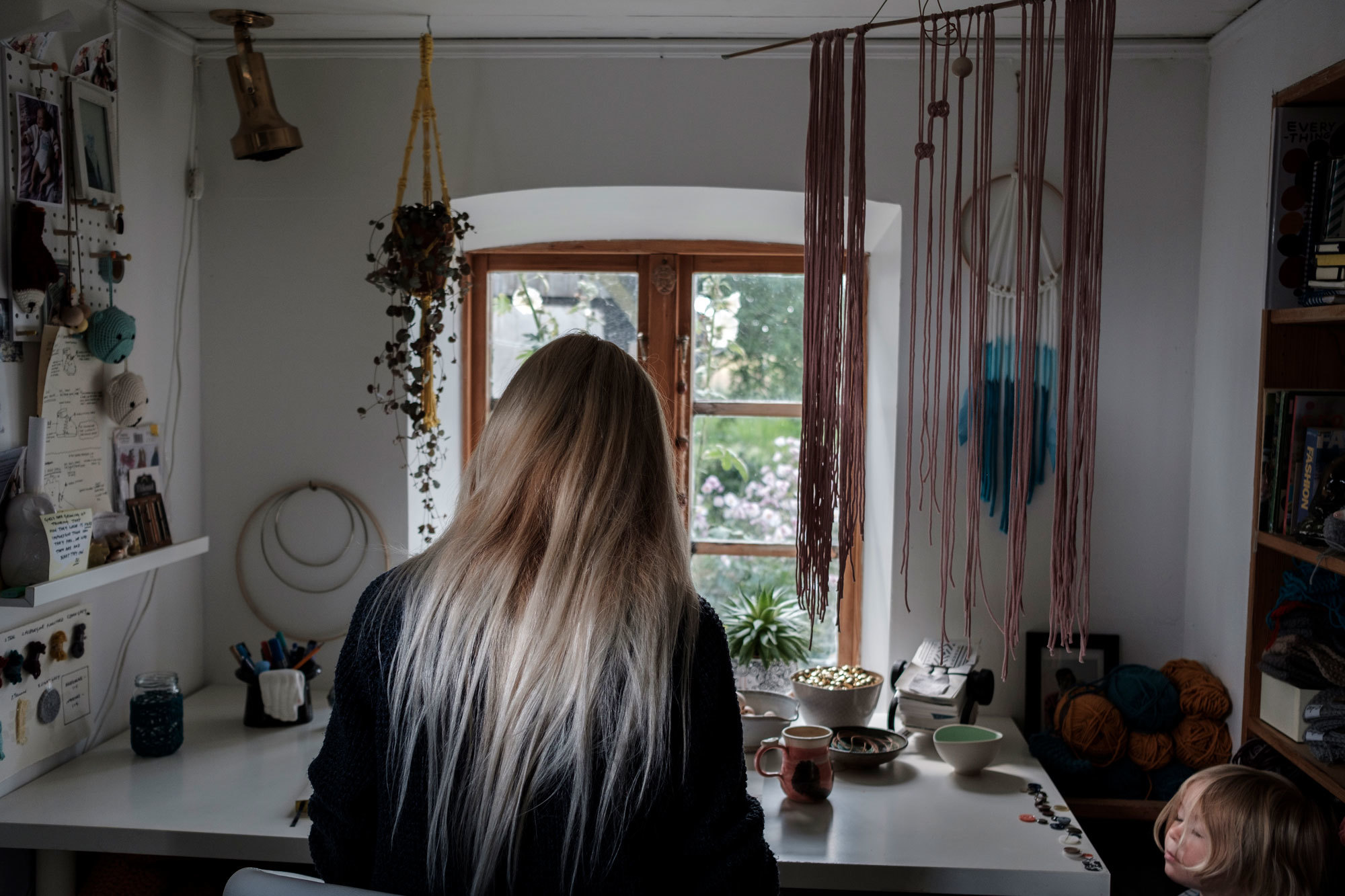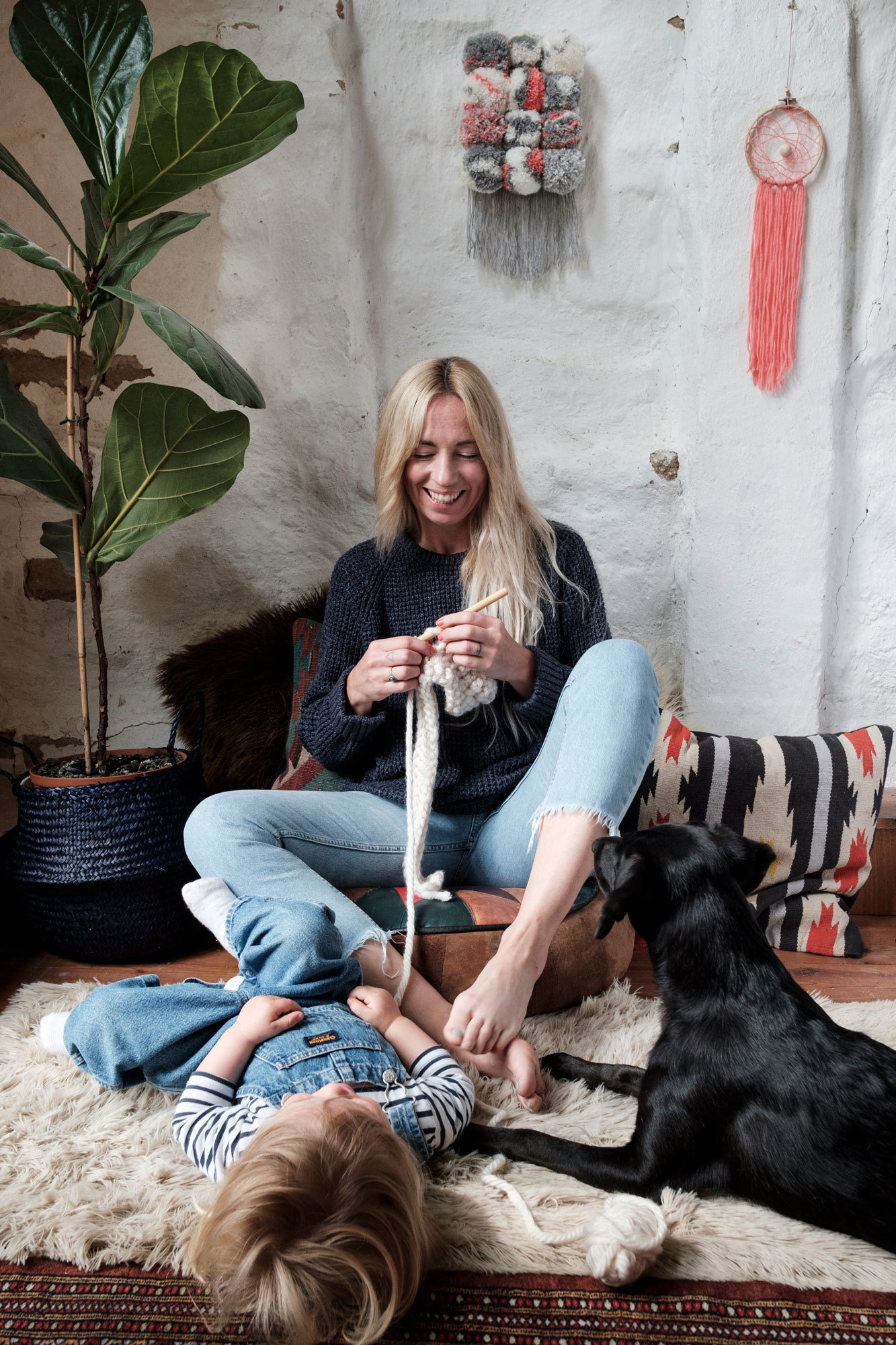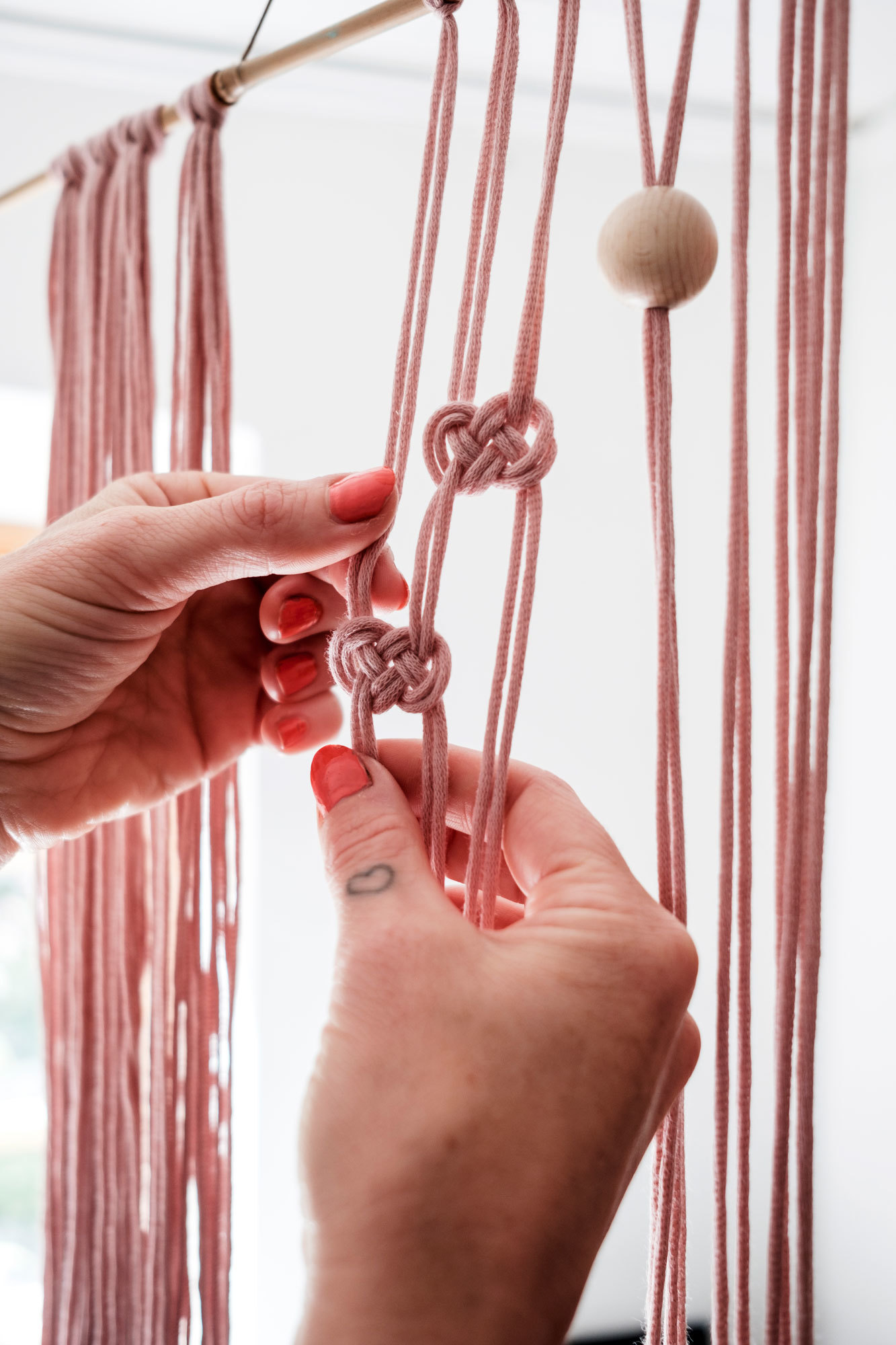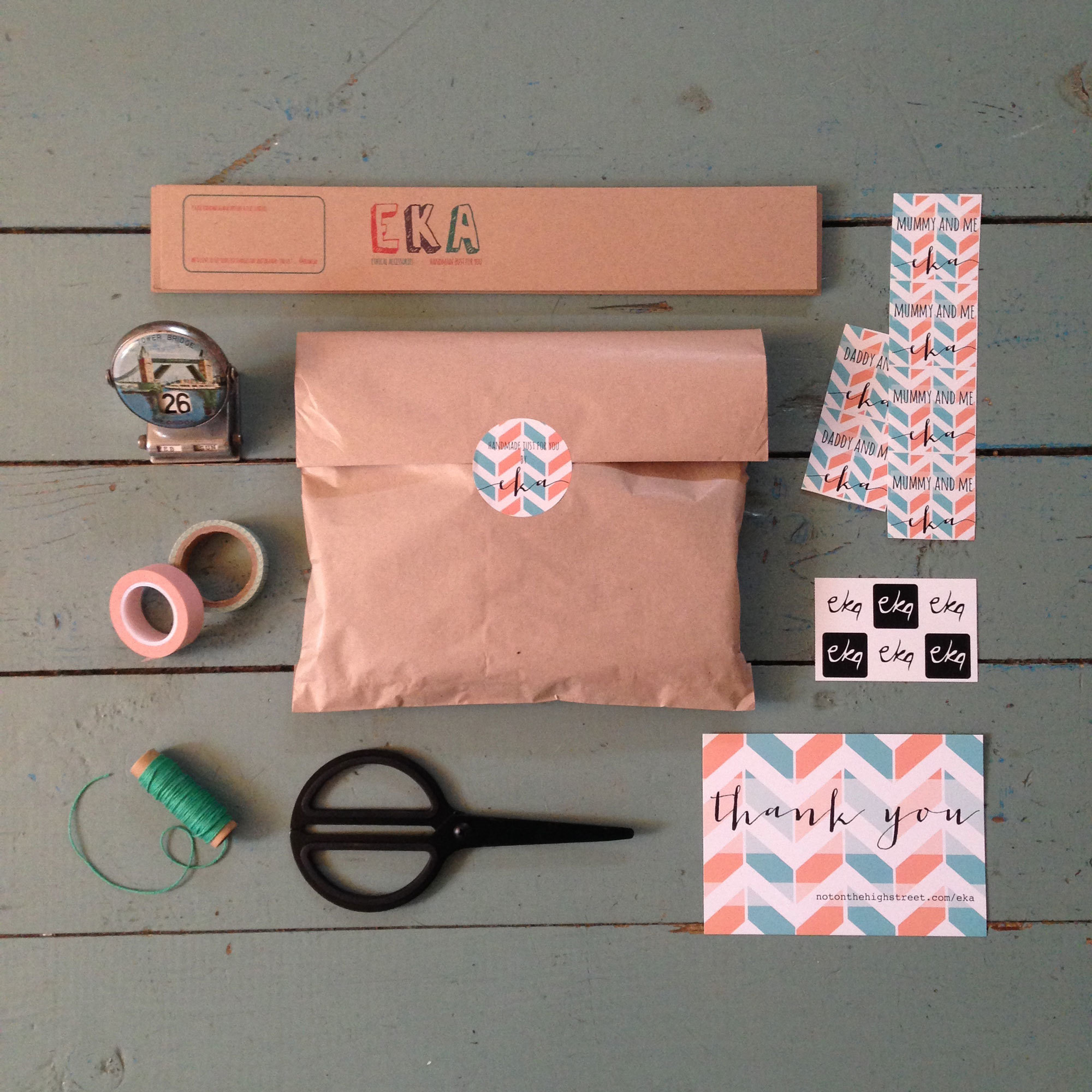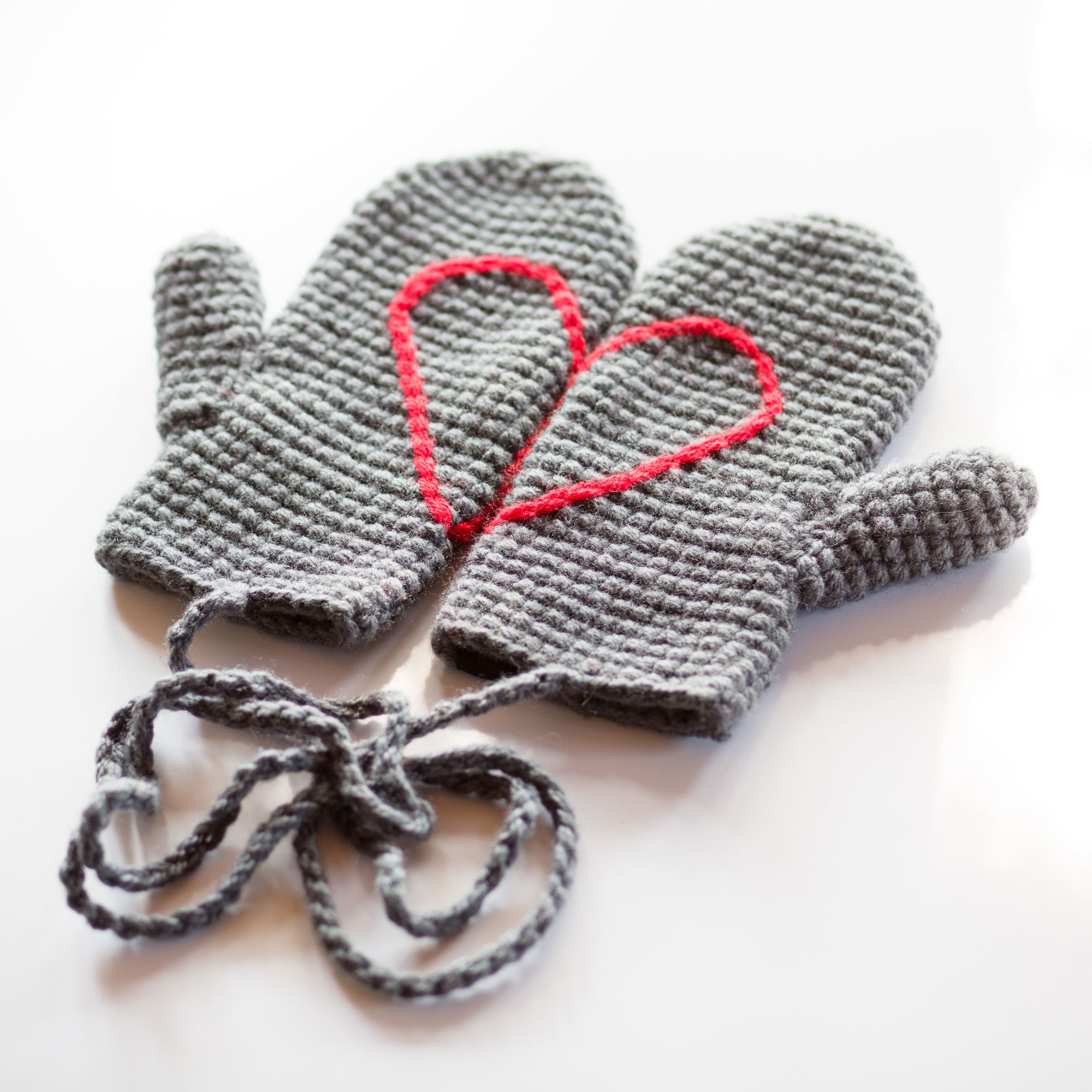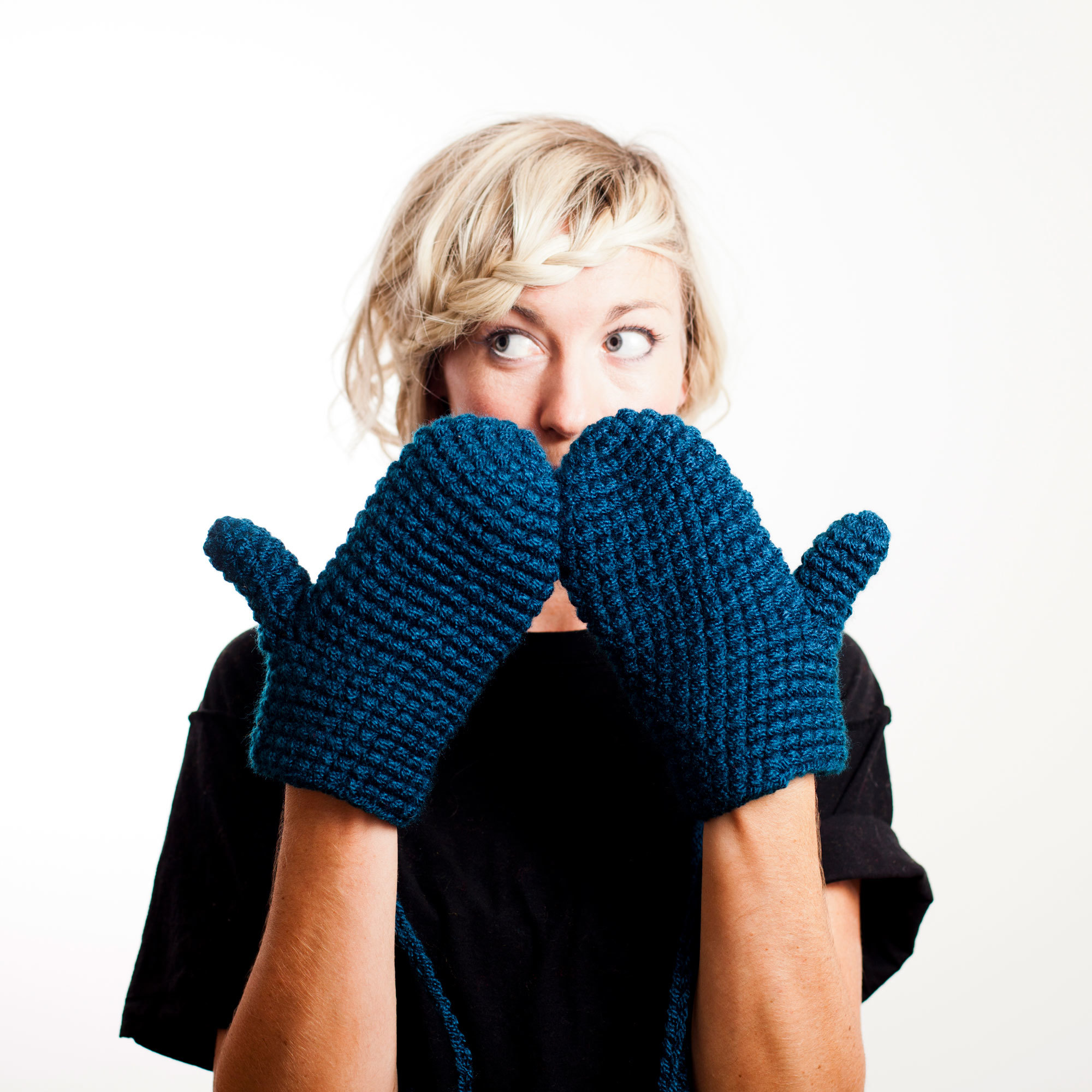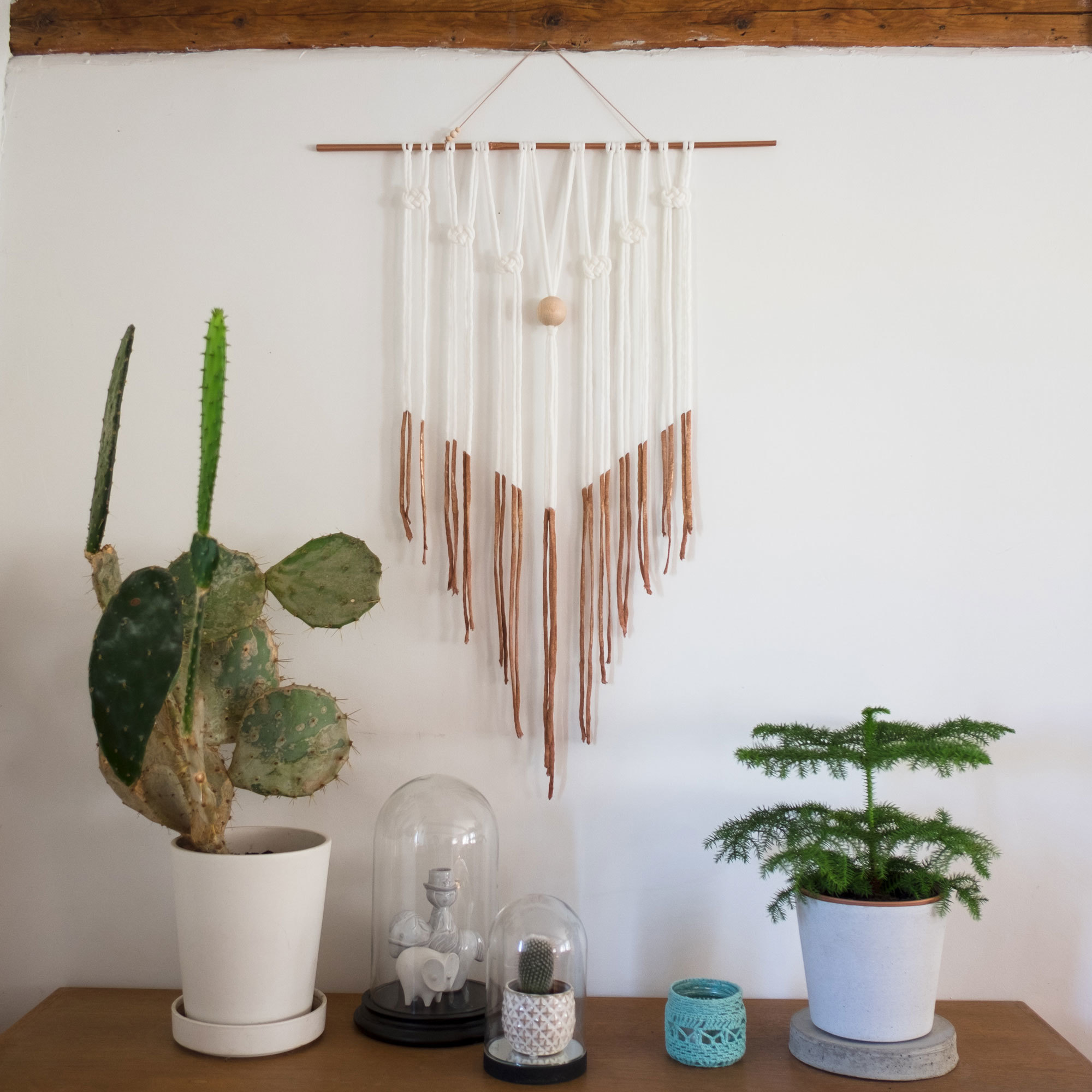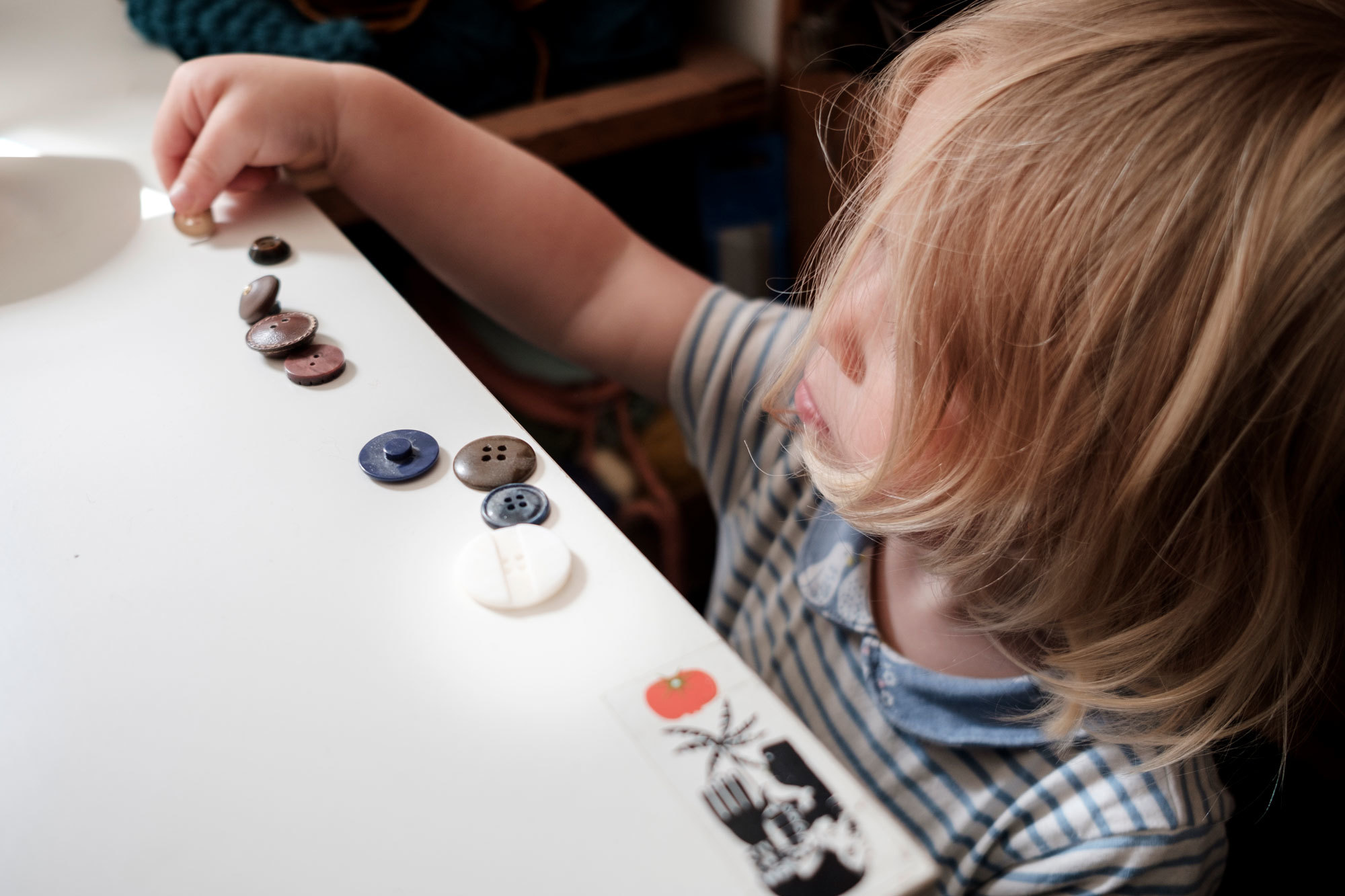Eka Interview In Lagom
I'd forgotten about this great interview I have on Lagom. I'll post it here in case you fancy a read.

How did the concept of eka start?
I was snowboarding pretty much all the time I could manage in my 20s (and a lot of my 30’s too). On one trip to Mammoth Mountain in California, a friend taught me how to crochet. I started making hats, and lots of them. Everyone seemed to want a bespoke hat! It was the perfect hobby to take with me when I was travelling.
Snowboard-style hats were pretty masculine at the time, so I pushed against that, making 1920s style headbands with beaded flowers on them, so that girls could be feminine if they wanted. It kind of blew up from there.
I was touring the slope-style competitions around Europe and had some pretty big names wanting my headbands after they saw them. It felt like a super fun way to make money, and I could see that there was a market for it.
Snowboarding kind of ‘got in the way’ for a few years after that! I did things simultaneously, but really had to keep eka small at first so it didn’t interfere with my snowboarding time.. priorities and all that!
Is this something you've always wanted to pursue or was eka a completely different venture for you?
It grew out of a need for something outside of snowboarding — to pay some of my bills to be honest! I got some sponsorship money, but that wasn’t enough to cover much. In between snowboard trips I was working all the hours I could, doing anything I could find. My boyfriend suggested I start taking the crochet a bit more seriously to see if it could be a viable business, instead of working all the other jobs just to make ends meet.
I could see that the eka brand had the potential to become whatever I wanted it to be, and at the time it was hats because that’s what I knew people around me would spend money on, it was an easy sell. I also got lots of free editorial in the snowboard press, which was great direct marketing to my target customer. It felt like a natural progression, like just another branch of my snowboard career.
Can you talk us through the journey from stitch to completed product?
Things have changed a lot since the birth of eka when I made everything myself. Now I've found an amazing autonomous township in India called Auroville to make stock of my designs. I make the samples of everything and send them over to the ladies there. We send back and forth for a little while to ‘perfect’ things, then I work out the amount of stock I’ll need for the season.
Everything is handmade, and so turn around from sample to delivery of the finished product is at least six months. Predicting sales and ordering in stock is the hardest part. I sell direct to my end customer through online sales platforms and my own site, so I have to try to work out what stock I’ll need, which styles/colours/sizes will be most popular and make sure I have enough to cover orders. I can work on previous years and predicted growth to a certain extent, but I'm usually lucky enough to have some items feature heavily in promotions on one of my bigger platforms notonthehighstreet.com. Those by far outsell the rest, but I don’t know for certain what might get promoted until closer to winter.
"it’s a luxury to be able to whip something up here if I need to"
I can make stock myself of course. It’s a luxury to be able to whip something up here if I need to, but of course the profit on that is minimal when I’m buying materials and spending time crocheting instead of processing orders, developing new products and marketing. It’s hard not to end up a ‘busy fool’ come Christmas time, making almost no profit on things I’m making just because I hate to let customers down.
What would you say are the worst parts about working as an independent producer?
Being my own boss is great, but the ‘self employed guilt’ of having any time off, or even watching something on Netflix without a crochet hook in my hand is sometimes a burden. It’s what keeps me going and striving to progress — which is a positive I know, but I do sometimes think how nice it would be to have a ‘normal job’. To be able to switch off sometimes and spend time with my family and just chill and enjoy life without making a mental note to ‘allow’ myself to do that.
What would you say the core values of eka are?
In the very beginning, I just had the rule that I didn’t want to go to China for manufacture. I’d been a supporter of Free Tibet and knew that I didn’t want to be a company taking business to a country that I didn’t agree with politically. After that I became really interested in slow fashion — consumers buying things that they want to keep for years and years.
I use organic cotton, which is a lovely material, but the longest lasting material I use is acrylic. I’m a bit torn between the ethics of using a plastic-based material. The technical attributes are great, fast drying and strong, but I’d like to find something I can use instead. Not wool though, I still want to keep eka a vegan brand.
What are your thoughts on the UK retail scene regarding clothing and independent goods?
It’s hard to make it in a world that is set up for big corporations to benefit and be a success. I’d love for people to support local and indie shops and brands, but you can’t just hope they do that out of charity. You have to offer them something that serves a need. I think independent brands serve a need people have to feel a part of something unique, something special that you connect with personally. The secret is just to get on with it, to be honest. Do what you want to do and be ready to change in order to succeed. If you don’t think something is working then try something else.

